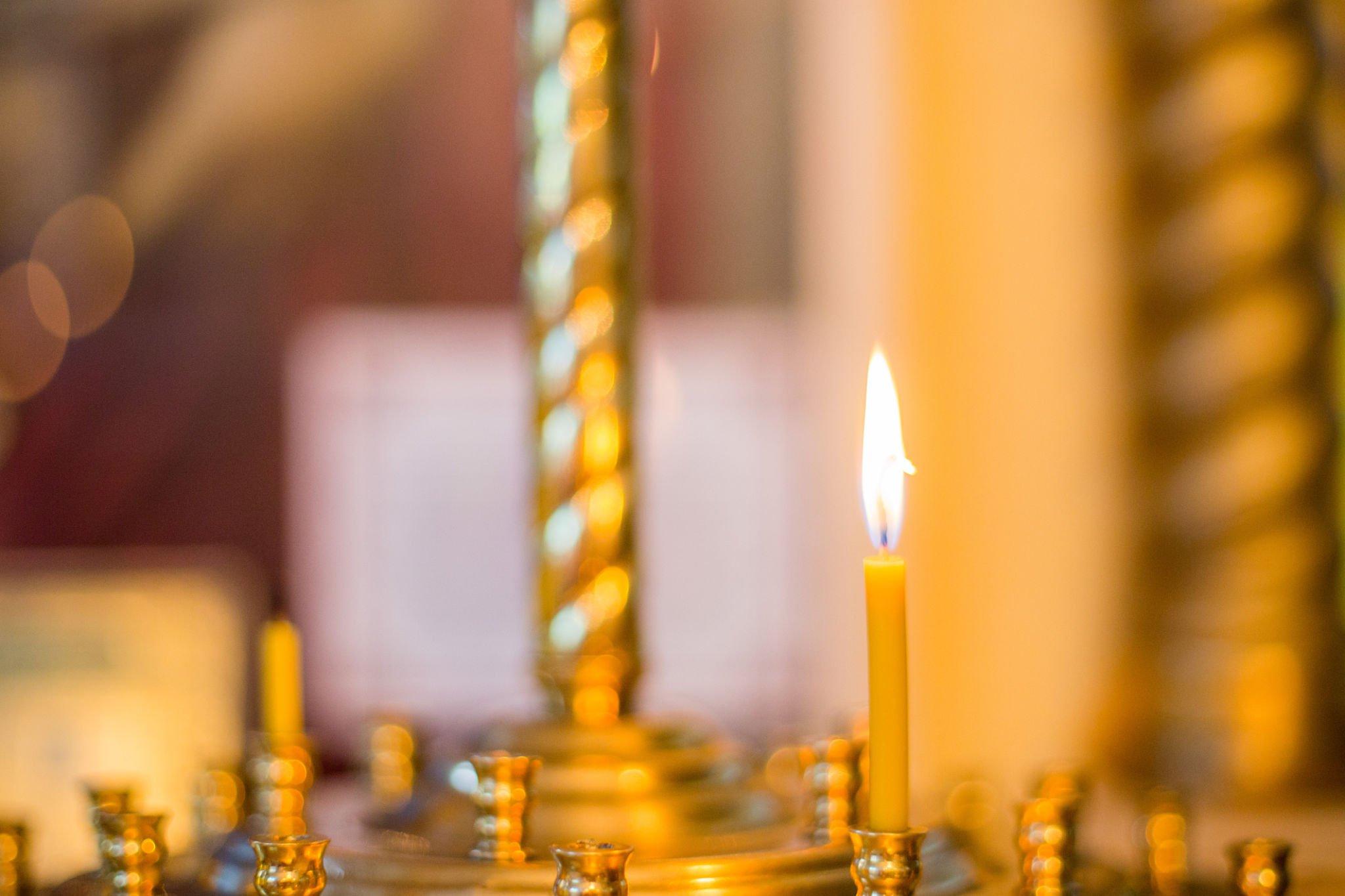Do You Know the symbolism of the Candles in Orthodoxy?
Candles and Icon lamps bear significant symbolic importance in the Christian Church, integral to every service.
The Old Testament’s Tabernacle, a precursor to the first earthly temple, adhered to divine instructions by employing lamps in its rituals.

The tradition persisted in the New Testament Church, where the lighting of orthodox candles remained an essential aspect of worship services, mirroring the practices of their predecessors.
You can buy such candles from Candles Fantasy.
The Acts of the Apostles document the illumination of lamps during Apostolic-era services. For instance, in Troas, believers assembled on Sundays to participate in the Eucharist, and the upper chamber was brilliantly lit with numerous lamps (Acts 20:8).
This emphasis on the abundance of lamps suggests a deeper spiritual purpose beyond mere illumination, underscoring their symbolic role in these gatherings.
According to Saint Symeon of Thessalonica, the candle we light will represent six things.
Contents
Purity of our soul
The candle represents the purity of our soul since it is made out of pure beeswax.
Plasticity of our soul
Also, it represents our soul’s plasticity because we can engrave anything on it very easily.
Divine grace
It also represents Divine Grace, as the Candle comes from a certain fragrant flower.
Represents the deification
It also represents the deification, to which all of us must aim since the Candle is mixed with fire.
The light of Christ
It also represents the light of Christ since, while burning, it illuminates the darkness.
Love and peace
Finally, because the candle burns and brings comfort to everyone with its light in the dark, it stands for the love and serenity that each Christian should possess.

The historical practice among early Christians of bringing lamps to evening services has evolved into the contemporary Vespers tradition.
This service incorporates an entrance ritual accompanied by the execution of the age-old hymn, “O Jesus Christ, the Joyful Light…”
This hymn summarises the Christian doctrine of spiritual enlightenment that originates from Christ, the wellspring of grace-infused illumination.
Similarly, the structure of the morning Matins service is intertwined with the concept of the Uncreated Light of Christ, made manifest through His Incarnation and Resurrection, symbolizing the divine radiance that infuses these worship rituals.
The early Church Fathers attested to the spiritual import of candles. Tertullian, in the 2nd Century, noted that candles were present in their worship, not solely to counter darkness, as services were also held during the day.
Rather, they symbolized Christ, the Uncreated Light, preventing believers from wandering as though lost in daylight without Him.
In the 4th Century, Saint Jerome observed that across Eastern Churches, candles were burnt during daylight when reading the Gospels.
This practice, he explained, was not about dispelling darkness but symbolized rejoicing. The lit candles allowed believers to experience the radiant truth in Psalms (119:105) within the tangible light, underscoring the spiritual illumination in scripture.
Conclusion

Since God is the one who said, “Let light shine out of darkness,” and who has shone in our hearts to provide the light of the knowledge of God’s grandeur in the face of Christ, candles are lighted during all Church services.
These objects have a range of spiritual and symbolic implications.

